“This Buys a Year” – Hurricane Hilary Raises Lake Mead Water Levels
The largest reservoir in the United States in terms of water capacity, Lake Mead, is close to reaching the “dead pool” status. This means that the water levels are too low to continue flowing downstream.
Although there has been a steady decline in the lake’s water levels since 2000, a recent wet winter after Hurricane Hilary provided temporary relief.
Lake Mead Has Been Below Full Capacity for More Than Two Decades
Lake Mead provides water to over 20 million people and large farmlands in some parts of the US. Due to drought and the steady increase in the demand for water, the reservoir has remained below full capacity for more than 20 years.

Source: DailyMail/Pinterest
At maximum capacity, Lake Mead is 180km long, 162 meters deep, and 1229 feet above sea level.
Hurricane Hilary Raised The Reservoir’s Water Levels
Hurricane Hilary caused a wet winter that brought above-average rainfall. This increased Lake Mead’s water levels. According to information gathered by LakeLevels, Lake Mead presently stands at 1,063.95 feet above sea level.

Source: Cyn/Pinterest
Although this present water level is 20 feet higher than where the lake was last year, it is much lower compared to the years before.
The New Water Level Is Still Way Below Capacity
This new level is four feet below where it was two years before and nearly 20 feet below 2020’s marked level.

Source: Rtwin30days/Pinterest
At the beginning of 2023, the lake was about 1044 feet above mean sea level, and in May, it got to 1050 feet. The lake eventually attained the present water level following the effects of Hurricane Hilary.
The Rise in Mead’s Water Levels Give Just One Year Grace
One would think that the present inflow of water would solve the problem of the reservoir’s declining water level, but no. It is just a very temporary solution.
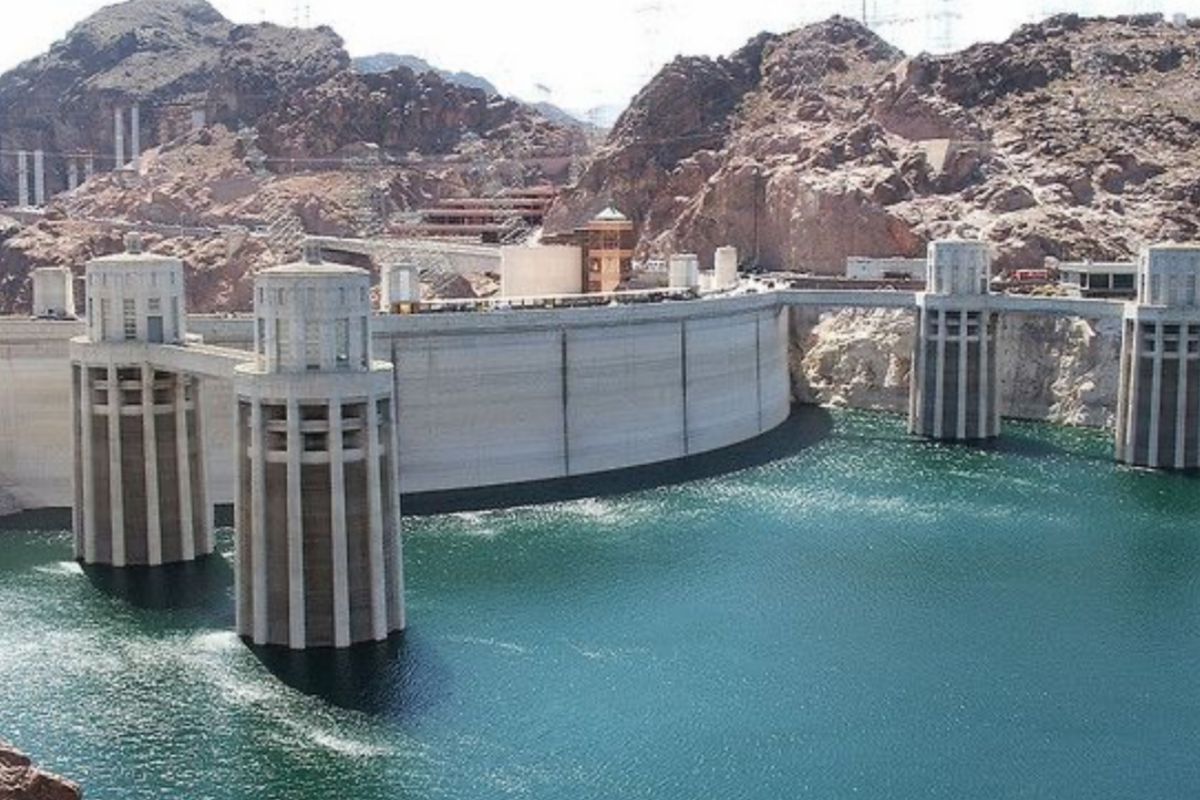
Source: Flickr/Pinterest
According to Colorado River Expert Brad Udall, the present rise in the lake’s water level buys just a year. “This buys a year. It does not remotely come close to solving the long-term issues.”
The Hurricane Effects Are A Rare Occurrence
According to Brad Udall, the Colorado River expert who studies the river at Colorado State University’s Colorado Water Center, the Hurricane’s snow and precipitation is a phenomenon that does not usually occur.
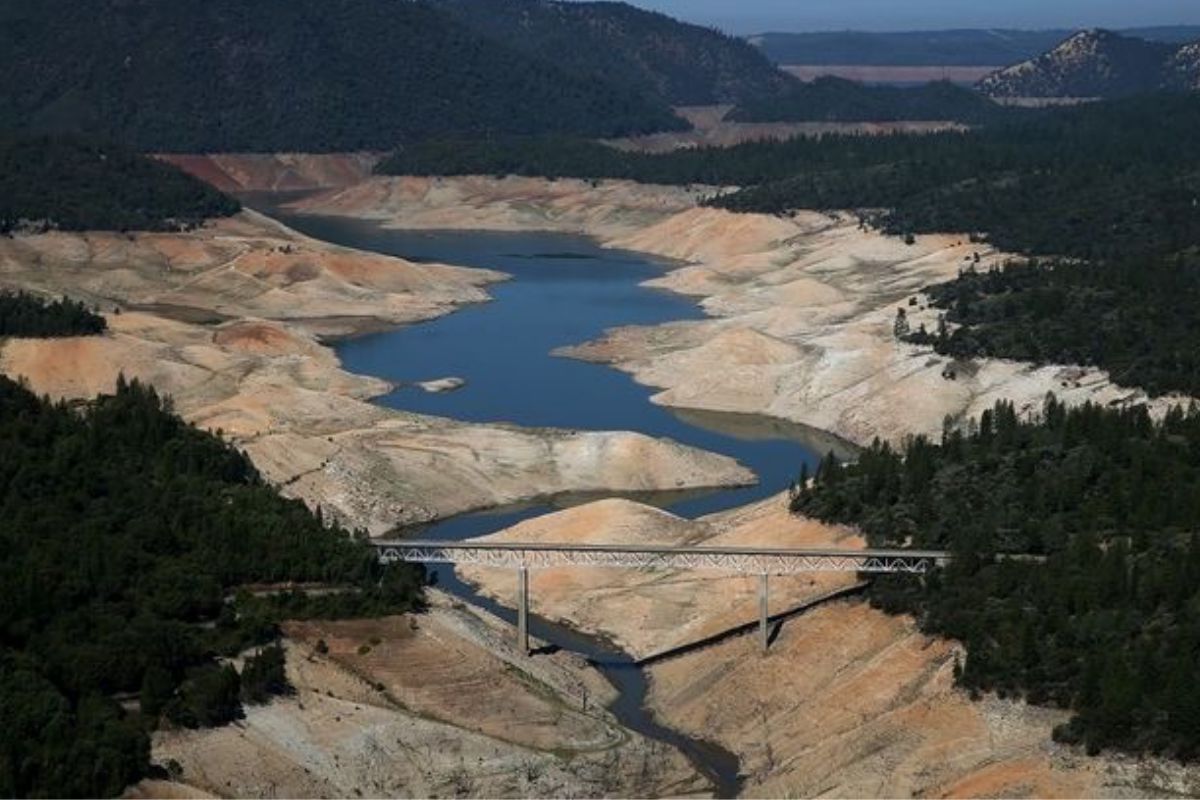
Source: StevenTedran/Pinterest
He described the occurrence as a rarity and that long-term trends show that the region is getting drier due to climate change.
The Effects of Climate Change
Global warming has ushered in a climate change that is causing some areas to get drier. Years that experience big snowfalls are not occurring as much as they used to.
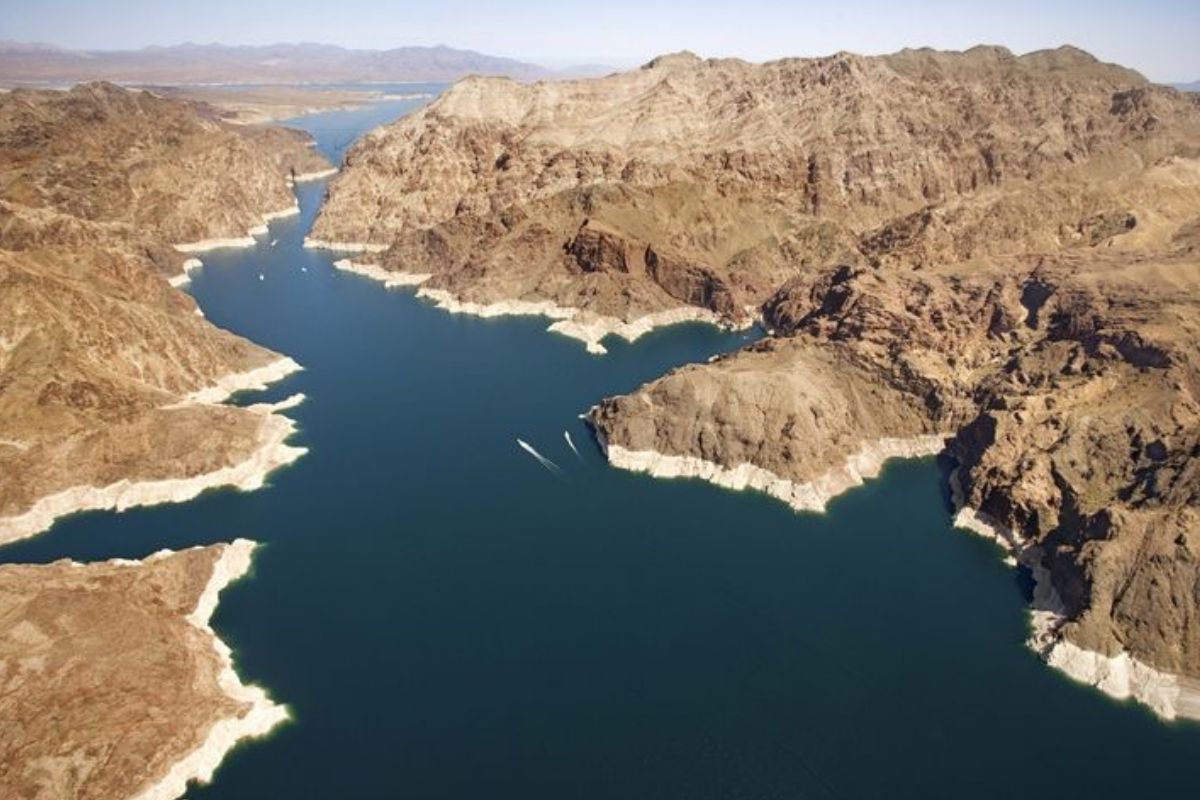
Source: CarlChristensen/Pinterest
Years of precipitation have also dropped by half, and there are more dry years than we used to have. The occurrence of dry seasons has increased by 2.5, Brad Udall explained.
Conserving Water To Avoid Complete Dry Out
The areas around Lake Mead have been experiencing drought for a long time. This problem has caused officials to take action that will help promote water conservation in the region.

Source: CarlChristensen/Pinterest
The people and their farmlands that are dependent on the water from the Lake will have to reduce their water consumption in order to avoid total dryout.
Water Levels Remain Historically Low
Although the record snowfall and precipitation were a welcome relief to the region, it was not enough to permanently change the effects of the drought. Even with the temporary relief, the water level remains historically low.
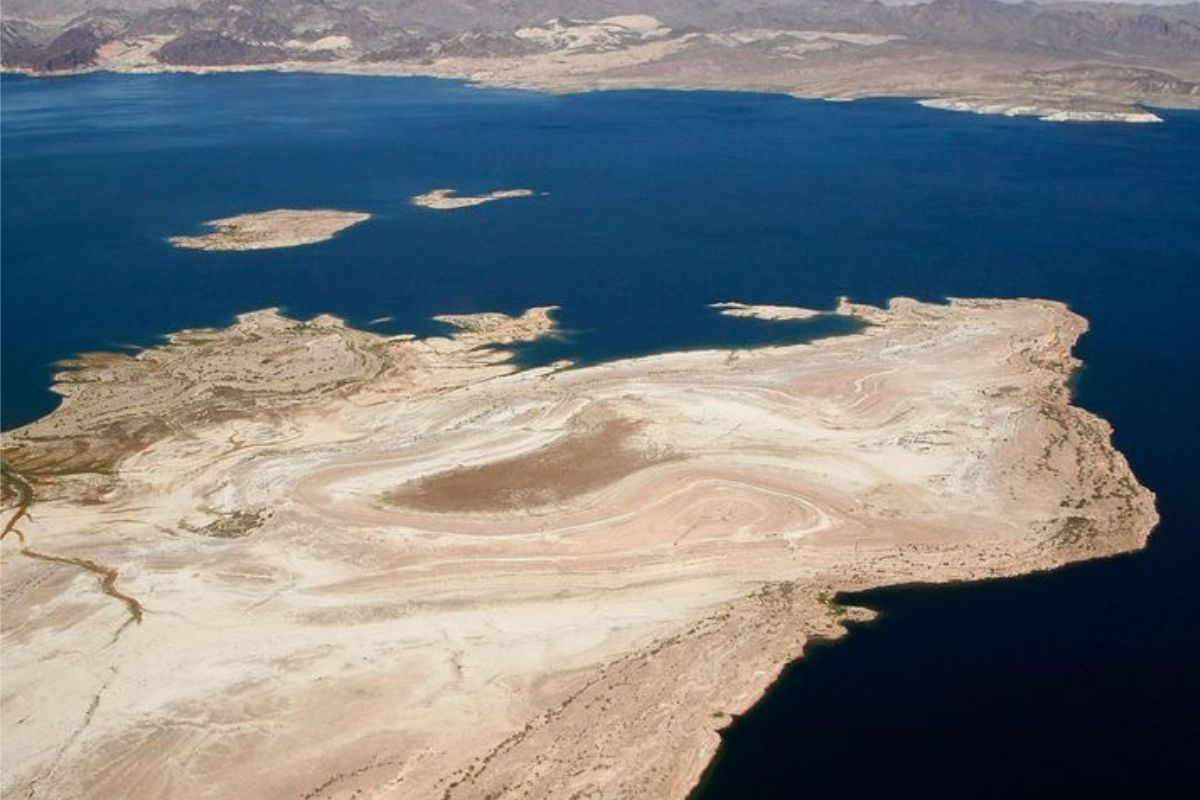
Source: CBSNews/Pinterest
The drought’s effect is not only noticeable in the reservoir but also in areas around the Arizona and Nevada border of the Colorado River.
There Are Two Possible Solutions To The Issue
According to Brad Udall, there are two vital components that can help change this situation for the better. The first helpful element is the constant wishing for years of very high snowfall and precipitation.

Source: StellarJay/Pinterest
The other component that could help is a reduction in the demand for water. It goes without saying that only one of these options can be controlled.
A Change in Water Distribution Seems Like The Only Option
Reducing the huge dependence on water in Lake Mead is the only option that can be controlled. So, measures are being put in place to cut demand.

Source: TheFolg/Pinterest
Current policy shows that Arizona will now receive 18% of the state’s annual allocation of the Colorado River water. Nevada will get 7%, and Mexico will receive 5%.
A Reduced Water Allocation Could Be The New Norm
Water officials agree that the future of the lake is not exactly bright, and they have given warnings that this new water allocation could be the new norm.
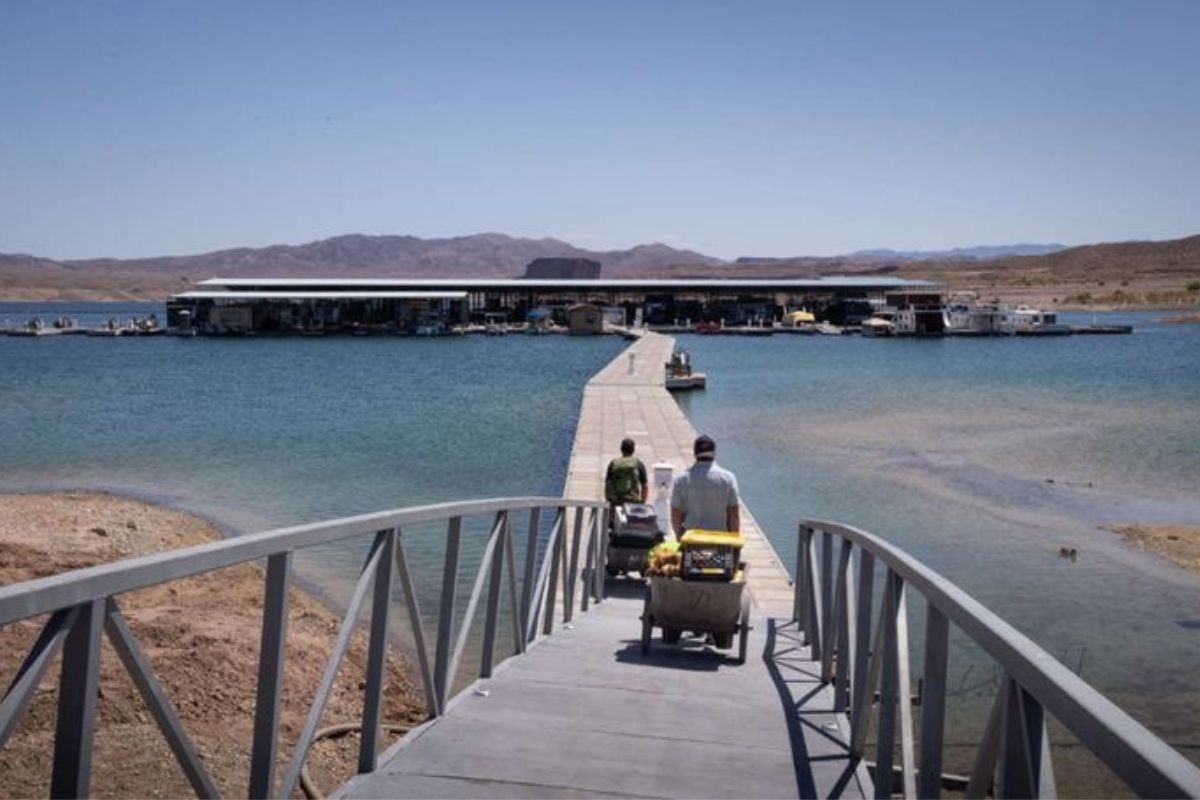
Source: USAToday/Pinterest
The manager of Colorado River Resources for the Metropolitan Water District of Southern California, Bill Hasencamp, said, “Although it has been a good year, it is just a small increase.” So, while we have Hurricane Hilary to thank for the rise in water levels, we have to keep our fingers crossed for a better miracle.
